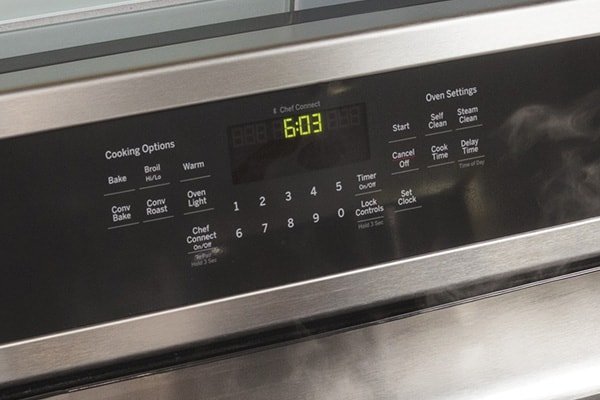
The F1 error code typically points to an issue with the control board or the keypad of your appliance. Think of it as the brain of your oven getting confused. It’s like when your computer freezes, and you need to restart it. For beginners, this might sound daunting, but understanding why this error happens and how to prevent it can save you time, money, and a lot of frustration in the kitchen. Let’s explore how to keep that troublesome F1 at bay and ensure your GE oven runs smoothly.
Understanding Why the F1 Error Code Happens
You might be wondering, “Why do these error codes pop up at all?” Well, just like anything else that relies on electronics, GE ovens and ranges have a complex system behind them. The F1 error often signals a fault in the electronic components, mainly the control board or keypad, sometimes due to age, sometimes to electrical surges. Think of it this way: each button press on your keypad sends a signal, and if the brain (or control board) gets mixed signals, it shows the F1 error to let you know something’s gone awry.
In some cases, this issue can be triggered by moisture or excessive heat around the control area. Imagine how you feel when you get a bit too hot or humid—you’re not at your best, right? Similarly, when your oven’s control board gets too hot or moist, it starts malfunctioning. It’s a machine’s version of overheating.
Thus, recognizing these causes is like understanding your body’s signals when you’re unwell. Often, these problems don’t mean your oven is broken beyond repair. They’re more like sneezes—signals of an underlying issue that can ideally be fixed by giving your oven a little extra care.
Simple Maintenance Tips to Prevent F1 Errors
Let’s dive into some practical ways to keep that F1 error from showing its face. First, think of your oven as a team of parts working in harmony. Regularly checking that each member is in good shape is crucial. Start by keeping the control panel clean and dry. Remember when your phone wouldn’t respond because it got too wet? Similarly, wipe down your oven’s controls gently and ensure they stay dry.
Another helpful tip is to protect the control board from power surges. Just like your TV, your oven can benefit from a surge protector. This tiny device can protect against unexpected spikes of electricity that can confuse the control board, leading to errors like F1. Basically, it’s like giving your oven a shield to wear.
And, don’t forget to check the oven’s wiring now and then. Loose or worn-out wires are like frayed shoelaces—they need replacing to avoid bigger problems. If you’re not comfortable doing this yourself, consider calling a professional. A little proactive maintenance can go a long way in preventing those annoying error codes.
Professional Help and Regular Check-Ups
While it’s great to take a DIY approach, sometimes getting a pro involved is the best course of action. Think about it like going to the doctor for a regular health check—sometimes an expert’s eye is all you need to catch potential issues. By having your GE oven serviced annually, you can prevent small issues from becoming big headaches.
Technicians can spot early signs of wear and address them promptly. They can also update the software of your oven if needed, ensuring everything runs smoothly. A professional will have both the tools and the knowledge to dig deeper than the surface-level poking around we might do. Plus, they can often spot things we might miss, much like how a trained eye can see more in a painting.
Finally, keep your oven manual handy. It might surprise you, but that little booklet holds valuable insights and troubleshooting tips that can come in handy when you least expect it. If something seems off, consulting the manual can sometimes provide a quick fix without needing to call for help.
Concluding Thoughts on Preventing F1 Errors
Here’s the deal: preventing F1 errors isn’t just about fixing problems when they occur; it’s about creating a routine that helps your oven operate smoothly. Remember, your GE oven is more than an appliance; it’s a kitchen companion. By understanding its signals and giving it the care it needs, you’ll not only cut down on error codes but also ensure it serves you well for years to come.
In wrapping up, consider this journey as developing a friendship with your oven. Just as you take care of your friends to maintain the relationship, your oven needs a bit of attention to prevent misunderstandings—like a troublesome F1 error. With regular care, both DIY and professional help, you’ll be all set to keep enjoying those delicious meals without interruption.